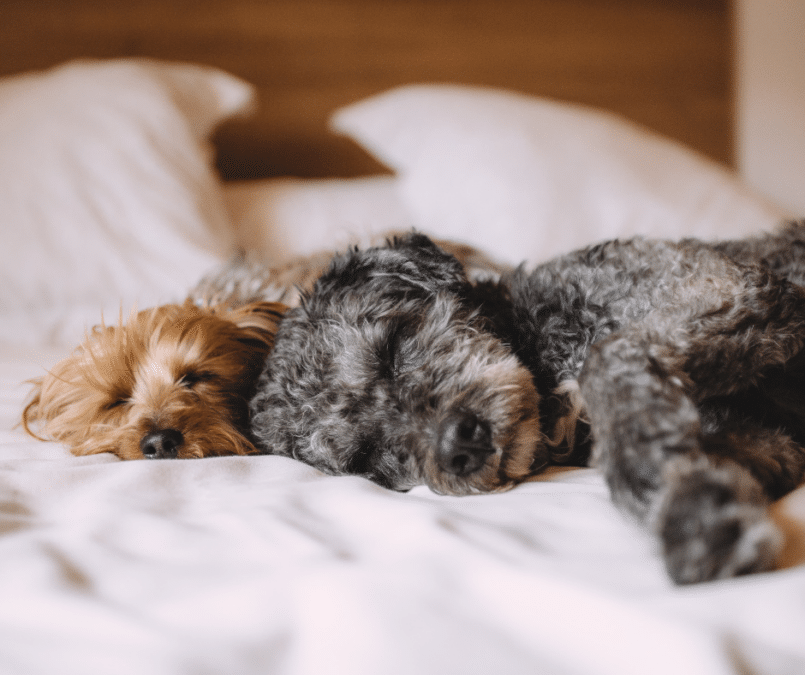For some people, Daylight Savings Time can throw their sleep cycle slightly out of sync. For our canine friends, it affects them much more. Dogs don’t live life by the digits on the clock. Time is driven by their human companions. Dogs use their internal circadian rhythms to tell them when to sleep, eat, use the bathroom, and other activities throughout their day. You would think that dogs can adjust to Daylight Savings Time just as well as humans, but in reality, they don’t. That is why it is important to understand why and how you can help your dog.
How does it affect your dog?
Their Bathroom Habits
Dogs typically need to use the bathroom first thing in the morning, or if they’re accustomed to a schedule, they expect to relieve themselves then. With Daylight Savings, your dog may be confused why you aren’t waking up to take them out, or why you’re waking them up early for their morning bathroom time. We all know that “when you’ve got to go, you’ve got to go.” So, pay attention to your dog who may be whimpering or creating unwanted surprises on your rug.
Their Eating Habits
Just like you, your pooch typically eats around the same times throughout the day, especially since you’re the one providing them the food. If you’re off an hour on feeding, you very well could find your sweet dog behaving differently like chewing your favorite shoe or knocking over the kitchen trash.
Their Behavioral Habits
Your dog’s behaviors may change if they are conditioned to you coming home from work at a specific time. Your dog is just like any other family member that misses you during the day. Some dogs even await their parents at the door or watch for him/her in the windowsill. Just an hour off from their normal schedule, can induce anxiety and lead to destructive behaviors such as chewing objects or potty accidents.
Is there a way to prepare your dog for Daylight Savings Time?
Yes, and it’s important that you think ahead to prevent unnecessary stress for your furry friend! Some of the best practices require you to be proactive.
- To adjust your dog’s sleep patterns, you can start training him a couple of days ahead of Day Light Savings Time by waking them up a couple of minutes early each day. This will allow your dog’s circadian rhythm to gradually change and adjust to the new wake up time.
- You can do the same to prepare your canine friend for different eating times. Their circadian rhythm tells their stomachs when it is time to eat. Start a few days earlier than Daylight Savings and adjust your pup’s eating times by a couple of minutes each day. By doing this, your dog won’t feel confused and aggravated and feel like he needs to beg for food.
- To adjust your expected welcome home time, come home a few minutes later for a few days. Gradually transitioning the time will lessen your pet’s anxiety of wondering where you are.
In any transitional situation, your pet’s expectations are the most important place to start. When you notice Daylight Savings coming up on your calendar, think ahead and give your pet a little extra attention. Absorb the extra cuddle time and enjoy your extra hour of sleep. At Pet Butler, we understand how important your pet’s expectations and schedules are. That includes the expectations of a clean yard to play in. Call the pet waste experts for a quote. We understand that consistency is key for your pets.
